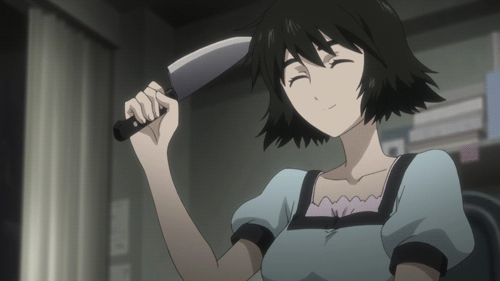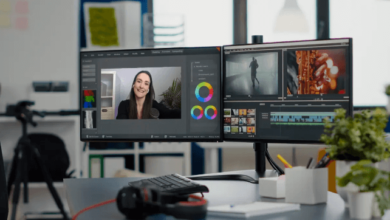How to Use LUTs (Look-Up Tables) for Video Color Correction

LUTs, or Look-Up Tables, serve as powerful tools in the realm of video color correction, allowing creators to achieve a specific aesthetic with precision. Understanding the various types of LUTs and their applications is essential for any video professional looking to enhance their work. The process of applying LUTs can be straightforward, yet the nuances of intensity adjustment and blending require careful consideration. As we explore effective strategies and common pitfalls associated with LUT usage, the impact on your overall visual narrative may become more apparent. What might be the key to mastering this essential technique?
What Are LUTs?
LUTs, or Look-Up Tables, serve as essential tools in video color correction, enabling filmmakers and colorists to achieve desired aesthetic outcomes with precision.
Through the process of LUT creation, these tables map input colors to output values, facilitating seamless color transformations.
LUT applications range from enhancing mood to consistent grading across multiple shots, providing artists the freedom to explore creative visual storytelling.
Types of LUTs
When delving into the realm of video color correction, understanding the various types of LUTs is crucial for achieving specific visual effects and maintaining consistency.
Technical LUTs are designed for precise color grading, ensuring accuracy across different displays, while creative LUTs provide artistic flair, allowing filmmakers to evoke specific moods and styles.
Mastering both types enables a versatile approach to visual storytelling.
How to Apply LUTs
Applying LUTs effectively in your video editing workflow requires a clear understanding of both the technical process and the desired outcome.
Begin by selecting suitable LUT software that supports your preferred format. Import your footage, access the LUT application feature, and choose your desired LUT.
Adjust intensity and blending options to achieve the desired look, ensuring a seamless integration of color grading into your creative vision.
Tips for Effective Use
Frequently experimenting with different LUTs can lead to more refined and compelling results in your video projects.
For effective color grading, consider layering multiple LUTs to achieve unique creative looks. Adjust intensity and combine LUTs with manual tweaks to tailor the final output.
Always preview your adjustments in various lighting conditions to ensure consistency and maintain the desired emotional impact throughout your footage.
Common Mistakes to Avoid
In the realm of video color correction, navigating the intricacies of LUT usage can be fraught with pitfalls that undermine the intended visual narrative.
Common mistakes include neglecting exposure adjustments before applying a LUT, leading to unintended color shifts.
Additionally, over-reliance on LUTs without proper color grading may result in a flat image.
Striking a balance is essential for achieving a polished, professional look.
Conclusion
In the realm of video color correction, the application of Look-Up Tables (LUTs) serves as a powerful tool for enhancing visual narratives. By judiciously selecting and manipulating LUTs, one can achieve a myriad of emotional tones and artistic expressions. However, the effectiveness of LUTs hinges on the balance between automated color grading and manual adjustments, ensuring consistency and fidelity in lighting conditions. Ultimately, the mastery of LUTs transforms raw footage into a vivid tapestry, resonating deeply with the intended audience.




